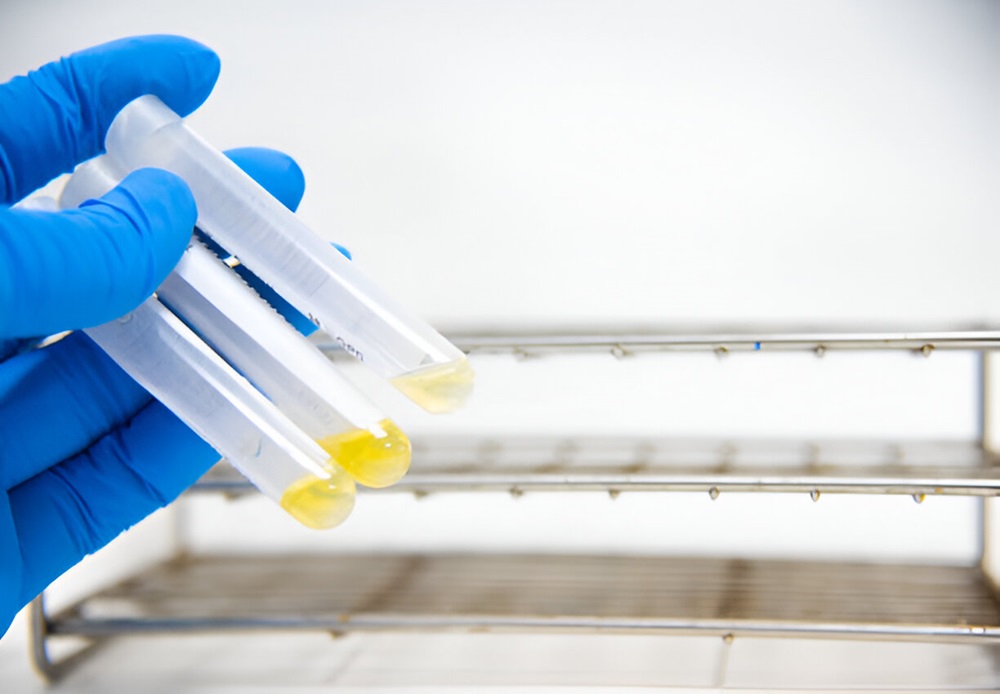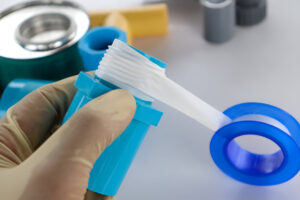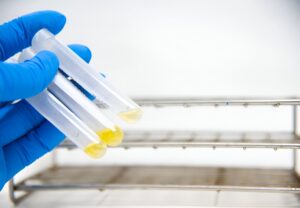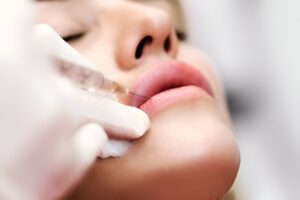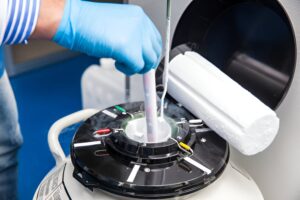All About Lubricious Coatings for Medical Devices
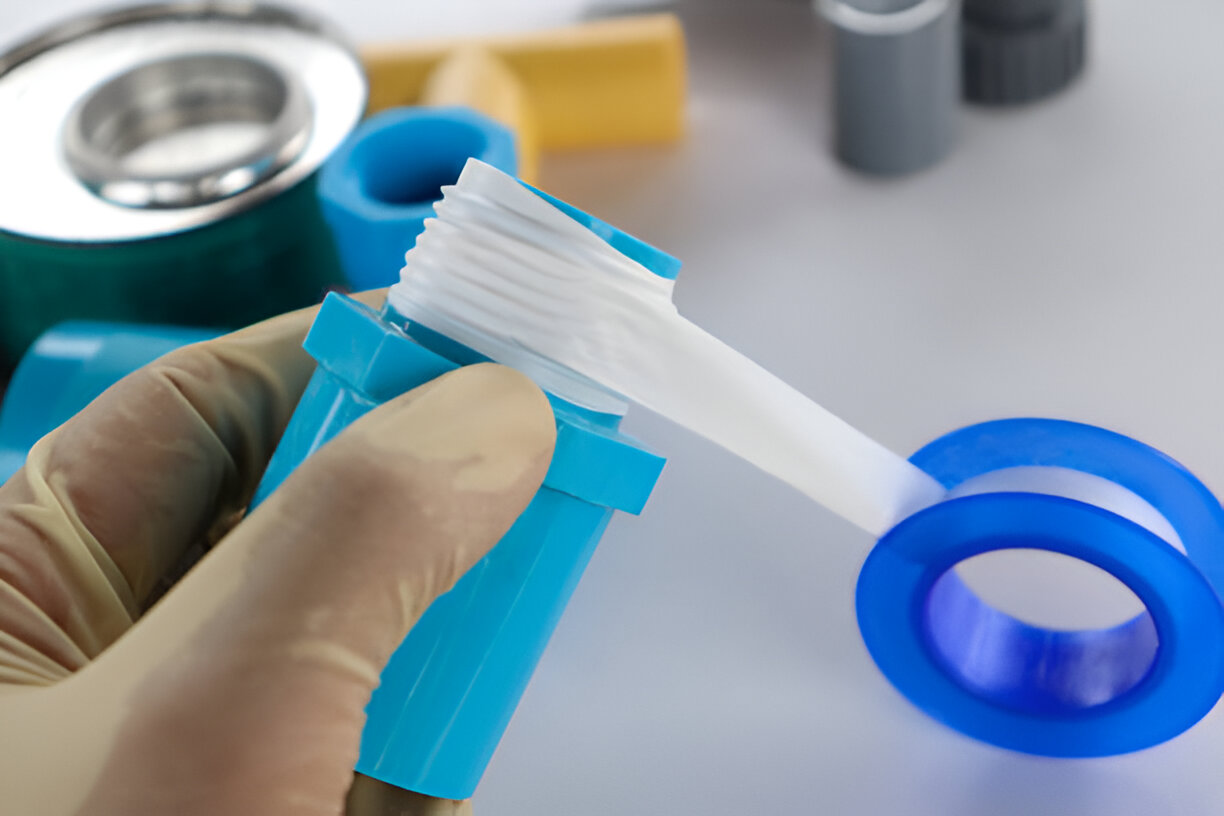
Medical professionals all over the world use several medical devices to treat their patients, which can be made of any of the following materials:
- Synthetic polymers
- Metals
- Silicone
Some of them could be harmful to our bodies. Therefore, the researchers have found a lubricious polymer coating that can be applied to devices like catheters, stents, intraocular lenses, etc.
Hydromer Inc. is one of the leading global surface modification and catheter coatings solution providers and can collaborate with its clients to offer customized polymer-based solutions.
The following are the benefits of a lubricious surface:
- Allows the doctor to traverse challenging lesions and more distant areas.
- Reduced procedure time.
- Reduces insertion forces.
- Increases patient comfort.
- Enhances the ability to maneuver tortuous paths.
- Provides more precise push and torque control.
- Reduces tissue irritation and damage.
Thanks to quick innovation, the medical device sector—which includes everything from imaging equipment to surgical gloves—has grown to be a significant healthcare market. When inserted, devices composed of metal and silicone frequently present risks and create discomfort.
Read also: How Should You Select Your Healthcare Consultant
Lubricious coating selection
Device designers can choose from a variety of synthetic and natural polymeric materials for lubricious coatings. Additionally, they have access to a range of technologies that provide robust, long-lasting adherence to substrates, including:
- Biocompatibility
- Coating thickness
- Durability
- Hydration rate
- Lubricity
- Serializability
- Toxicity
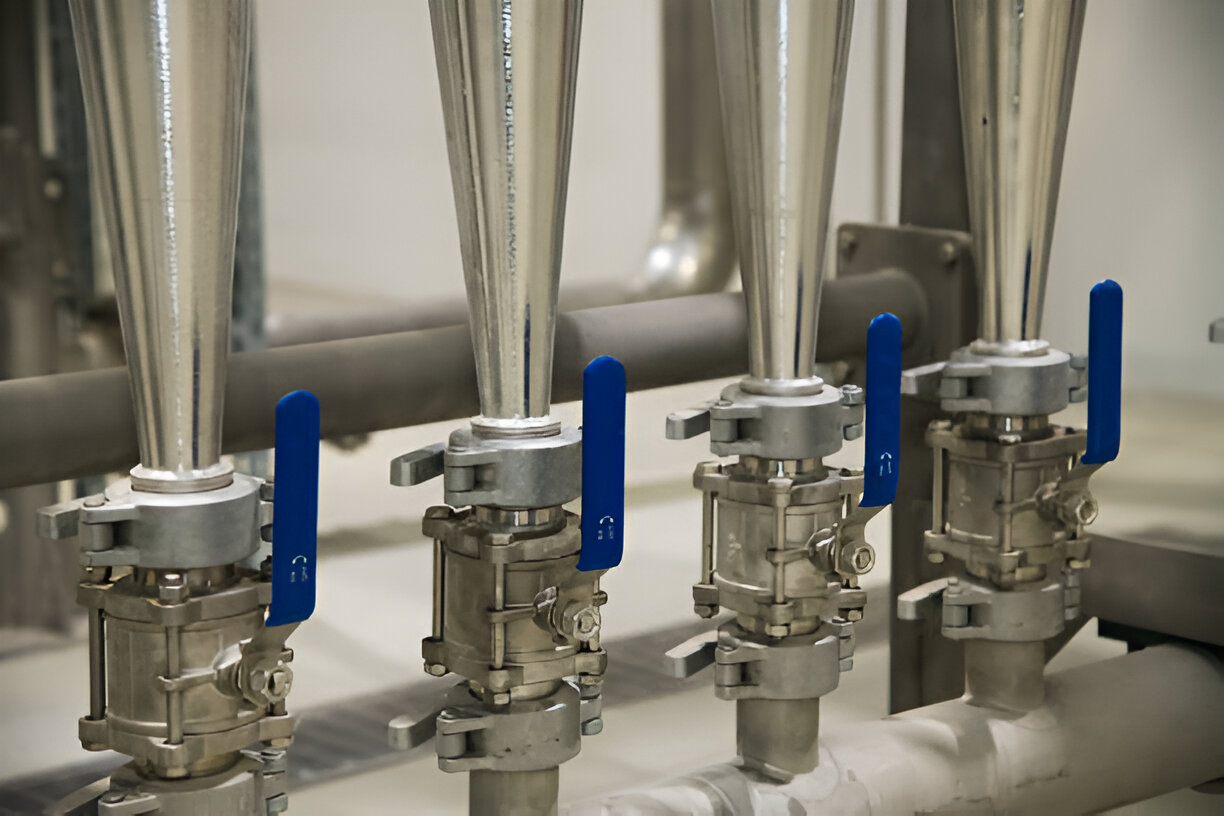
Hydrophilic versus hydrophobic coatings
The design and performance requirements of the gadget will determine which coating type is best, as certain applications may require a different kind of technology.
Hydrophilic coatings are made of polar and ionic polymers that absorb water to make them slippery and provide low friction, biocompatibility, and resistance to abrasion. In contrast, hydrophobic coatings, with nonpolar, water-repellent molecules, do not absorb water and are less slippery in aqueous environments.
Hydrophilic coatings create water-attracting surfaces on polymeric devices by either depositing lubricious polymers or chemically grafting hydrophilic polymers via covalent bonds.
To enhance adhesion and prevent delamination, activation techniques like heat, UV, plasma, or corona treatments are often used. Chemical bonding is crucial for improving durability and ensuring the coating remains firmly attached to the substrate.
Hydrophilic coatings enhance lubricity and water retention, reducing the force needed to maneuver endovascular devices during procedures. They can decrease friction between coated devices and tissues by up to 100 times compared to uncoated surfaces.
This minimizes vessel wall damage, prevents vasospasm, and facilitates navigation through complex vascular paths. Additionally, these coatings help create a less detectable interface, lowering the risk of immune system reactions.
Hydrophobic coatings excel in maintaining cleanliness for devices and instruments exposed to fluids or tissue debris. Their fluid-repellent properties cause blood, urine, and tissue to slide off easily, minimizing contamination and infection risks. This effectiveness helps keep surgical tools cleaner and reduces the chances of patient infections.
Despite their benefits, lubricious coatings for medical devices have drawbacks, including the risk of polymer separation during interventional procedures.
Delamination happens when weak bonding or coating integrity causes the polymer layer to separate. This results in the coating “flaking” or “peeling” off the device, potentially entering the bloodstream.


